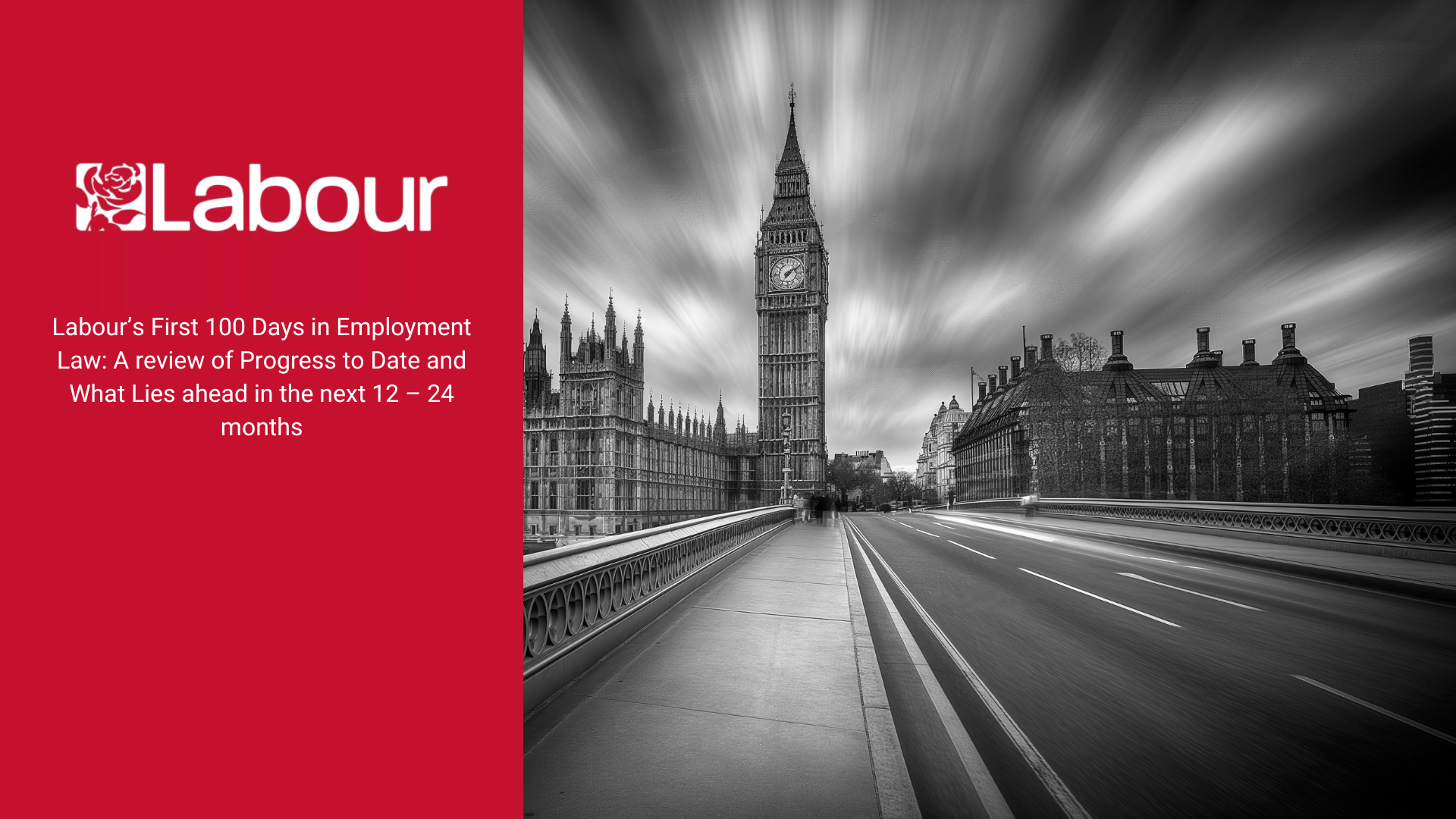Gender pay deadline: the figures are in!
4 April 2018 was the deadline for large private and voluntary sector employers (with 250 or more employees) to publish their gender pay gap figures on the government’s dedicated website. Around 1,500 employers missed the deadline and over 1,000 added their figures on the last day.
Of the 10,000 employers who published data, 78% pay men more than women. Suspiciously, 8% reported no pay gap at all – suggesting they either misunderstood the exercise or “massaged” the figures to get what they thought was the “right” answer!
The scores on the doors…
On the basis of the figures submitted, the national median pay gap was reported to be 9.7%. This is significantly lower than the national gender pay gap of 18.4% recorded by the Office of National Statistics last year.
Some well known firms were among those who reported large gender pay gaps: Ryanair (71.8%), Royal Bank of Scotland (36.5%), Virgin Money (38.4%) and Benefit Cosmetics (30.7%).
Unsurprisingly, the finance sector had the largest reported gender pay gap of 35.6%. The accommodation and food services sectors reported the smallest pay gap, with an average median pay gap of 1%. This could potentially be explained by such businesses using flat pay rates, with a large proportion of staff on the minimum wage.
Some companies reported negative pay gaps, indicating women are paid on average more than men. These included Tesla Motors (-3.8%), Mamas and Papas (-4.8%) and Richer Sounds (-5.8%).
Talk is cheap…
Many employers also published statements explaining why they believed they had a gender pay gap. Generally this was stated to be because they have a far higher number of men in more senior positions earning higher salaries and many more women in part-time or lower paid roles.
The interesting question is why is this so? It is not until they understand why women’s average pay is lower then men’s that employers can do something about it. Many sectors recruit almost the same numbers of men and women but, over time they lose women who therefore do no reach senior high paying positions.
The idea behind forcing employers to publish data is to encourage them to put in place measures to tackle the gender pay gap. Suggestions include: improving flexible working practices and childcare options generally, tackling conscious and unconscious bias, more and better mentoring schemes to encourage women to aim for the higher positions, addressing pregnancy and maternity pay discrimination and encouraging more shared parental leave.
Conclusion
Employers will be required to report again in 12 months’ time and it will be interesting to see how the figures change and how quickly any measures taken start to have an effect on the data.
Note that the gender pay gap is not the same thing as equal pay. Paying men and women differently for doing the same or an equivalent job is unlawful, having a gender pay gap is not. However, a large gender pay gap may indicate a culture of valuing and rewarding male employees more which could be relevant to an equal pay claim.
How can we help you?
If you have questions around your employer’s gender pay gap figures or think you may not be being paid equally, talk to our employment law specialists today. We’ll help you figure out the best way forward for you.











